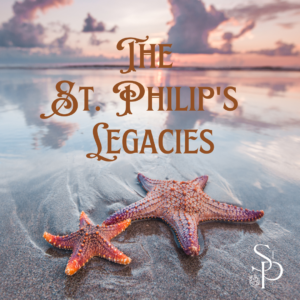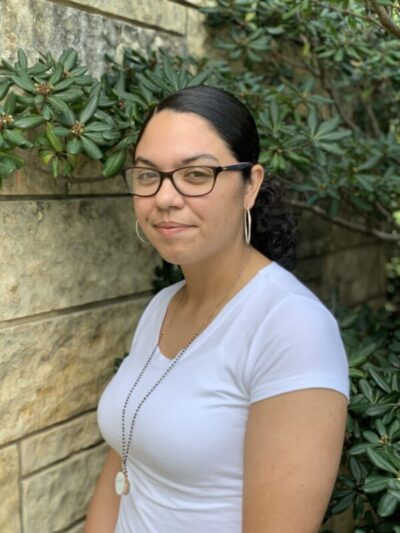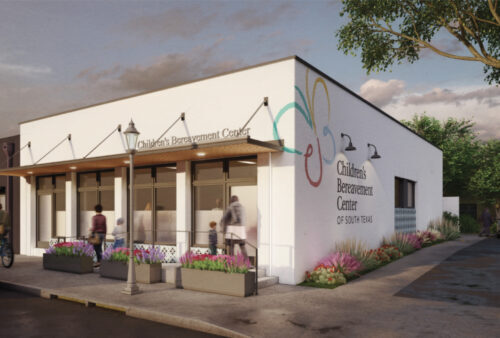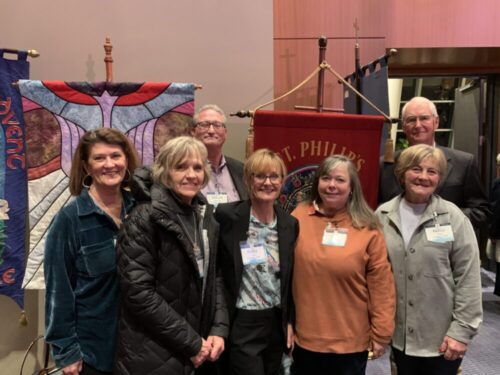
Who are the St. Philip’s Legacies?
A couple of years ago, a few seniors got together to form a reading group, and the initial direction of the group was to study books on aging. Over the past couple of years we have done just that. In fact, we’ve read four books by various authors about aging, and although the authors addressed similar themes of the aging process, they each approached it from a different perspective which certainly enriched our discussions at each weekly meeting.
Not too long ago, Fr. Mike referred to our seniors group in one of his sermons. When the sermon was published in his blog Interrupting the Silence, he had an inquiry from a retired priest about our group and asked if I would contact her. Through our correspondence the priest wanted to know how we started our senior group and how our group developed over time.
In sharing with her, I thought about how our church members might also be interested in how we started and how we have developed over the past two years; hence this writing.
We began by offering the opportunity to read and discuss Joan Chittister’s The Gift of Years; Growing Older Gracefully.
Much to my surprise, a group of eleven people formed (now twelve), including four men! We began with two ground rules: The first was in response to our culture’s propensity to engage in Ageism — where no one wants to talk about the realities of aging. We decided we were going to talk about our aging experiences, openly and honestly. The second was that what was shared in this group needed to stay in the group, providing a safe place for honest discussion.
What an amazing journey this has been over the past two years. We have read and discussed four books. The other three books are as follows:
Ageless Soul; The Lifelong Journey Toward Meaning and Joy by Thomas Moore
The Inner Work of Age; Shifting from Role to Soul by Connie Zweig, Ph.D.
Living an Examined Life; Wisdom for the Second Half of the Journey by James Hollis, Ph.D.
These books all lent themselves well to the basic understanding of transitioning from being a senior to becoming an elder.
And what is an Elder as it relates to aging? In his above mentioned book Thomas Moore shares the following:
A person who really has matured, to the point that he or she naturally becomes a source of wisdom, is referred to as an elder. It’s a term of distinction. It’s true, in a soulless age, when people give their attention mainly to superficial values, that the nobility of the elder often goes unnoticed, and society suffers from losing that essential source of wisdom and inspiration.
In her book, Joan Chittister wrote that Each period of life has its own purpose. This latter one gives me the time to assimilate all the others. The task of this period of life…is not simply to endure the coming of the end of time. It is to come alive in ways I have never been alive before.
All of the authors wrote about the fact that the process of transitioning from a senior to an elder requires three stages. In her book Connie Zweig states it this way: A senior is not an Elder. Elder is a stage, not an age. Change is always happening. How can we allow change to change us? By taking the three steps of a rite of passage: Letting go of an outworn pattern, stepping into uncertainly, and emerging renewed.
Through the discussions we’ve had every week over two years and four books, it has become clear that each one of us has experienced those three steps in our life’s journey.
And that brought us to a real desire to have a rite of passage ceremony from seniorhood to elderhood, perhaps annually so others could mark this important transition in life as well. We thought it would be good as a part of a church service, much like our celebrating our high school graduates, our blessing of the backpacks for our youth before the return to school each fall and the like. Over the past month or so, we contributed our suggestions to what might be included in such a rite of passage and we presented our desires and suggestions to Fr. Mike.
At the end of my initial email to the retired priest about how we began and our development over time, I ended my response to her inquiry about our group with the following:
What I really want you to know about our group is that the cohesiveness, the genuine caring and support for each other, the willingness to withhold negative judgments and just let people be who they are and who they were meant to become happens right before our eyes, with God’s help. We share with laughter, joy, a few tears, and opposing points of view, all with genuine participation and acceptance. And right there in our little group each week, we experience the gift of years together.
I think we are through studying the subject of aging, at least for now. We are moving on to understanding the stage of elderhood where, as our bodies and minds wane with the aging process, our internal spiritual life enlarges. When we resume our meetings in the fall, our next books will address this maturing of spirituality and how it may express itself in our lives.
And how did we become “The St. Philip’s Legacies”? We submitted several suggestions for group names, we voted and “The St. Philip’s Legacies” won. So that’s who we are. – Barbara Edwards



